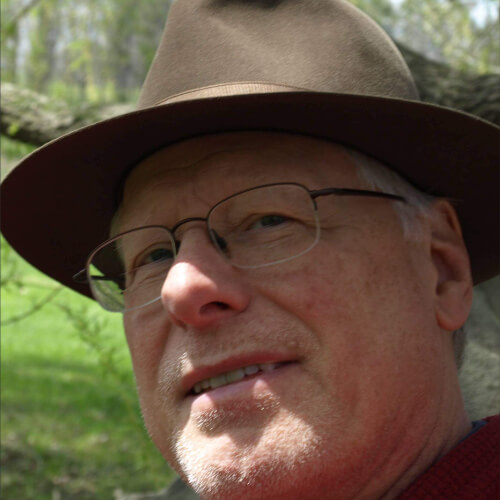I’m shifting gears. Moving from private eye fiction to, once again, the cozy catastrophe as I’m getting ready to send the fifth book of The Rocheport Saga out into the world.
I’ve written about the cozy catastrophe before back in May 2015. You can find those posts here and here. Just click on the links. Today, I’d like to take another look at this venerable sub-genre that focuses on people and the natural course of events and not monsters or the supernatural.
The cozy catastrophe, by force, focuses on people. The genre is character-driven and perhaps that is what draws me as a reader. The story deals with the inner mind of the protagonist, how he or she copes with the aftermath of the apocalyptic cataclysm.
Some cozy catastrophes are set in the future. A future significantly altered from the logical course of events due to the cataclysm having thrown humankind into a re-creation of some ancient era. We see this, for example, in the quasi-medieval setting of England in Richard Jefferies’ After London Or, Wild England.
In this form of the cozy catastrophe, we often see the protagonist as being out of step with the world in which he or she finds himself or herself. A person marginalized, on the rim of society. Which, by the way, is a characteristic of cyberpunk.
Whether set immediately after the cataclysm or at some distance in the future, the protagonist is usually nobody special. Just an ordinary person thrown into extraordinary circumstances. There, in those circumstances, the person’s hidden wisdom and strength shine. And often as not, the protagonist was not aware he or she possessed such wisdom or strength. But freed from the restraints of society, the protagonist blossoms and becomes the savior of the world. Or at least makes a valiant effort.
Of course the above is a generalization and not all cozy catastrophes end happily. On the Beach being a notable example and also Terry Nation’s Survivors. Earth Abides by George R Stewart, is another example where at least for the protagonist all he worked for he watches come to a bittersweet end. Nevertheless, life goes on. Save for those unfortunates in On the Beach.
My own cozy catastrophe series, The Rocheport Saga, follows the same pattern as its predecessors. Very ordinary and very unassuming Bill Arthur suddenly finds himself the leader of a band of contentious survivors. His personal mission is to stop civilization from regressing to a hunter-gatherer society and to return “home” to the 21st century technologically. However, on the social front, Bill hopes to create a society that is free and open, tolerant and accepting. A society that values liberty and personal responsibility and eschews control of others. A society very unlike the one destroyed on “That Day”, which Bill saw as sliding down the slippery slope of totalitarianism through the wielding of excessive presidential authority and the repression of freedom due to the “war” on drugs and terror. A society where group think was valued more highly than individual thought and the tyranny of social and political correctness was smothering freedom of expression. And the valuing security over liberty was eroding the Bill of Rights.
What Bill Arthur quickly discovers is that you can take people out of 21st century America, but you can’t take the 21st century out of the people. Bill becomes embroiled in a never-ending battle with those who wish to force their opinions and strictures on others in the name of some greater good, people who value control over freedom, people who have little tolerance for independent thought.
One of the things I find so appealing in the cozy catastrophe is that it gets me to think about what I value, what truly makes life worth living, and what are unproductive constructs which hinder me from living life to the fullest. For me, the cozy catastrophe is an opportunity to explore the maxim of Marcus Aurelius: Life is what you make it.
Share This!

Sounds like a very ambitious project
It is indeed!
I’m hoping that I will begin reading ‘The Rocheport Saga’ sometime this year. I’m looking forward to it as post-apocalyptic settings have always appealed to me.
We’ve all considered what we would do in such situations. It first began when I read ‘Robinson Crusoe’ and later, the excellent, ‘Lord of the Flies’.
Whilst I do like Zombies and Triffids, it is often Homo sapiens that are the most terrifying…
Yes, indeed, Homo sapiens is usually the most terrifying. Zombies, Triffids, and vampires are pretty much straight forward. We humans, on the other hand, are all too often cunningly evil.